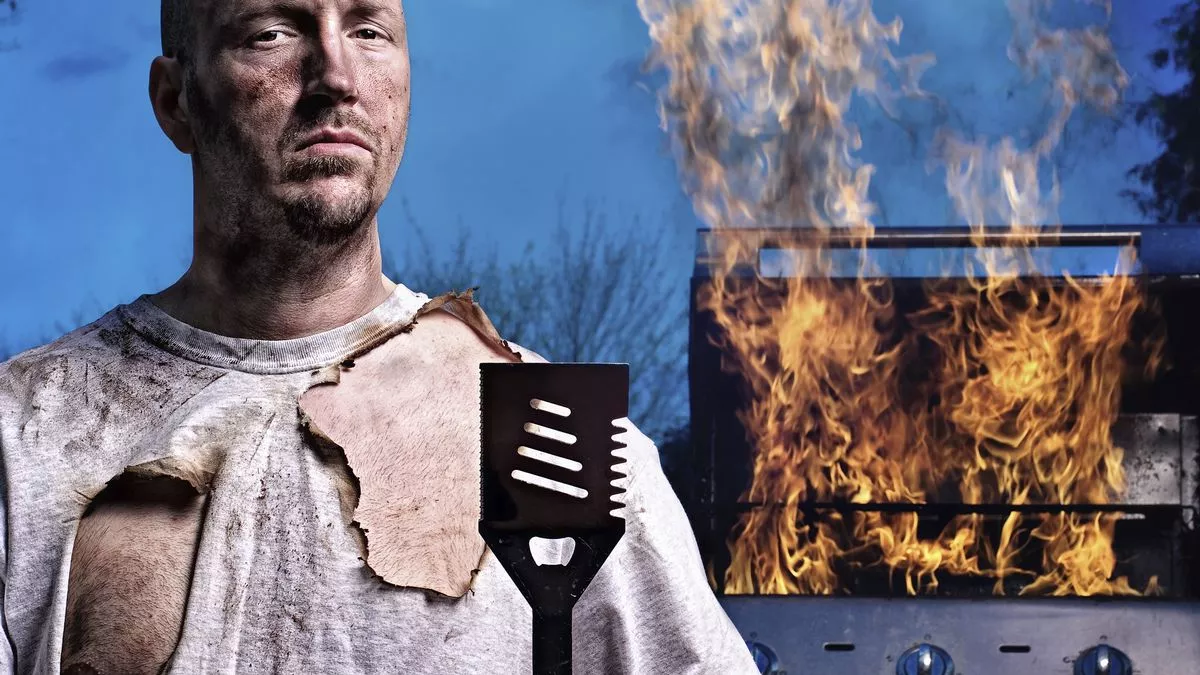Fire damage restoration is a disaster recovery service that involves assessing fire damage, cleaning up and restoring affected areas. It also includes repairing structural damage and reducing or eliminating the risk of mold growth.
Once an assessment has been done, the fire and water restoration professionals will secure the property. This will include setting up fencing, removing debris, and boarding up any open openings in the structure.
Assessment
The first step of fire restoration is a thorough assessment. Professionals examine the structural integrity of your property, checking for smoke and soot damage, as well as water damage from the firefighting process.
This assessment also takes into account any external damage to the home, yard and outbuildings. If the structure appears to be unsafe, it is boarded up or otherwise secured to prevent unauthorized access and possible further damage.
Once the home is deemed safe, the restoration team will start with the clean up phase. This includes removing all the soot and smoke residues from both interior and exterior surfaces. Then, deodorizing agents are used to remove any lingering smoke odors.
The cleaning and decontamination phase is one of the most intensive parts of fire restoration. It can take a lot of time to clean up and remove all signs of smoke damage, especially in areas that were not directly affected by the fire.
Cleanup
Fire damage restoration involves a lot of cleanup. This includes removing smoke particles from walls and ceilings, sanitizing surfaces, repairing any structural damage, and removing soot. It also involves addressing water damage caused by firefighters using high amounts of water to extinguish the flames.
If water damage is present, it needs to be removed and the area dried. This can involve air movers and dehumidifiers. It may also include sanding and wood replacement, depending on the extent of the damage.
The final step of the process is cleaning and sanitizing. This can include sanding and vacuuming floors, removing furniture and contents, washing fabrics, sanitizing and deodorizing appliances, and sanitizing and deodorizing rooms. It may also include sanitizing and deodorizing the ducts. If there is a large amount of odor, this can be a very long process. Choosing a company with 24/7 availability can help mitigate some of the damage that is done as time passes.
Reconstruction
Fire restoration contractors specialize in restoring property damaged by fire. Their work can include demolition, water removal and dry out services, reconstruction, and more. They also provide a variety of other disaster restoration services, such as remodeling, ground-up construction, insurance assistance, and complex project management.
The cleaning phase of fire damage restoration involves removing all remnants of the fire and smoke, including soot, debris, and odors. This process can be very time-consuming, but it’s important to clean all surfaces thoroughly to prevent lingering odors and other damage. The professionals also perform structural cleaning and apply deodorizers.
The inspection and pre-testing phase of fire damage restoration involves assessing the extent of the damage, evaluating safety concerns, and creating a comprehensive restoration plan. This helps them estimate the timeline for completion and calculate an estimated cost. It’s important to select a company with excellent customer service skills as they will be working closely with the homeowners and their insurance provider.
Repairs
A home will catch fire every 90 seconds in the United States and while most aren’t house-destroying blazes, they can still do a great deal of damage to the property. Whether from the fire itself or attempts to put it out, as well as water damage from firefighters and cleaning efforts, a property can undergo substantial repair needs.
This involves repairing the structure, fixing the floors, rebuilding walls, and much more. This may include drywall replacement, new carpet installation, and even painting.
During this time, professionals will likely inspect and pre-test the property’s electrical systems and plumbing. This will ensure that they are safe to be restored and that there are no additional safety issues that need to be addressed. This may also include duct cleaning to remove any smoke, soot or debris that has settled inside. This is often the longest part of a restoration job. It requires a lot of manual labor to properly clean all surfaces. Deodorizing agents are used to eliminate lingering odors and, if necessary, antimicrobial chemicals are applied to prevent mold growth.



